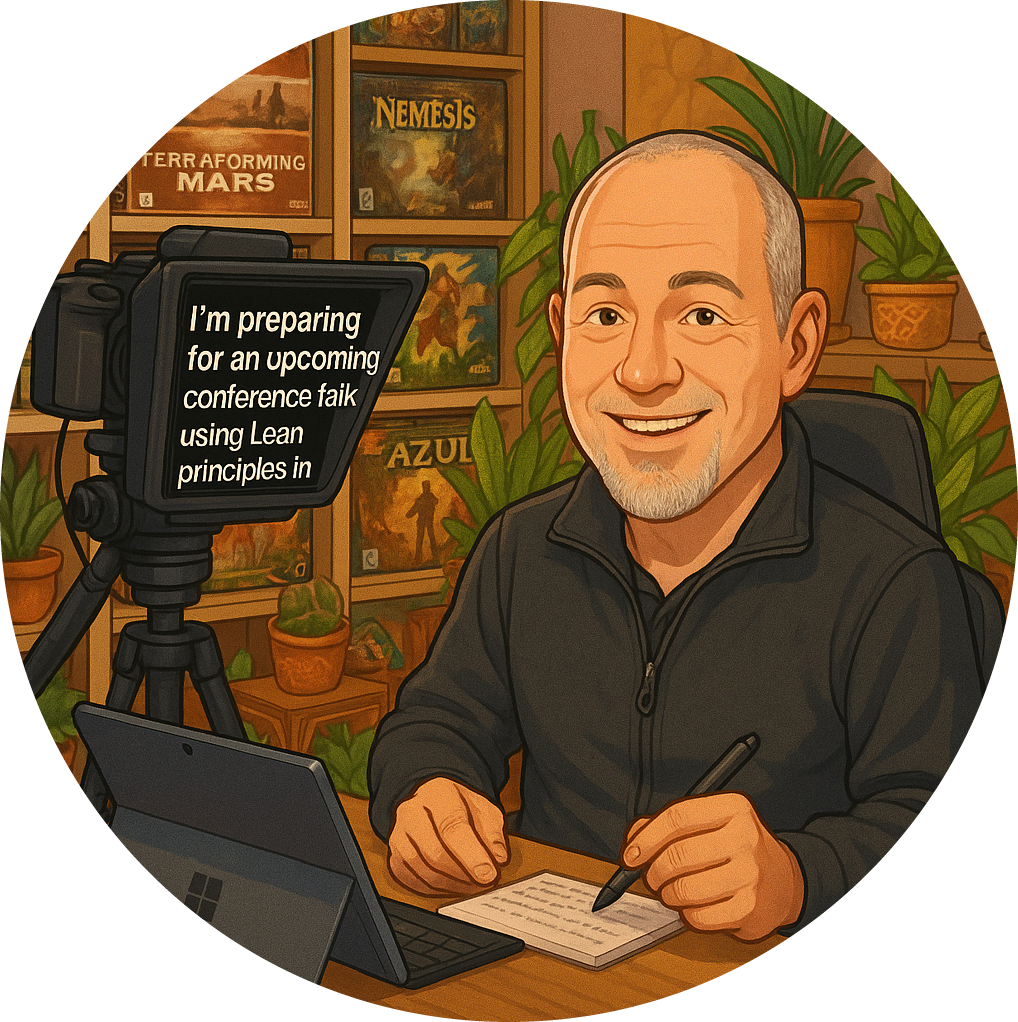Navigating the Treacherous Waters of Conflict: The Second Harbinger of the Agile Apocalypse
The agile journey, while transformative, is fraught with challenges, one of which is the specter of conflict. Dubbed the second harbinger of the agile apocalypse, conflict, if left unchecked, can escalate into a war-like state within organizations, undermining the very essence of agility. This exploration delves into the nature of conflict in agile environments, distinguishing between constructive disagreements that fuel innovation and destructive wars that thwart collaboration.
The Manifestation of Conflict in Agile Teams
Conflict in agile teams often begins with simple disagreements or disputes over methodologies, practices, or project directions. These initial disputes are not only natural but necessary for the evolution of ideas and processes. However, the escalation from healthy debate to entrenched warfare marks a critical turning point where collaboration begins to deteriorate.
Levels of Conflict and Their Impact
Disputes and Disagreements: At this level, conflicts are generally manageable and can lead to constructive outcomes. Teams engage in discussions and debates, which serve as the catalyst for innovation and change.
Entrenched Positions: As conflicts escalate, they become less about finding mutual solutions and more about winning arguments. The focus shifts from collaborative progress to individual victories, often at the expense of others.
All-out War: The final and most destructive phase is when team dynamics degenerate into a state of war. Here, the objective is no longer about advancing the project or organization but about ensuring the opposition’s defeat.
The Thin Line Between Constructive and Destructive Conflict
Constructive conflict is the lifeblood of innovation. It is the friction that sparks new ideas, challenges assumptions, and drives continuous improvement . However, when the focus shifts from winning together to winning against, the conflict becomes destructive. It is at this juncture that organizations must be vigilant, recognizing the signs of escalation and taking immediate action to prevent a descent into chaos.
Strategies for Managing and Mitigating Conflict
Foster Open Communication: Create an environment where team members feel safe to express their opinions and disagreements without fear of retribution.
Encourage Empathy and Understanding: Promote a culture of empathy, where team members strive to understand differing viewpoints and the rationale behind them.
Facilitate Collaborative Problem-Solving: Implement mechanisms for collaborative decision-making, ensuring that all voices are heard and considered in the resolution process.
Define Clear Conflict Resolution Pathways: Establish clear protocols for escalating and resolving conflicts, involving neutral parties or mediators when necessary.
Emphasize Shared Goals: Regularly remind teams of their shared objectives and the overarching goals of the organization, reinforcing the idea that collaboration is key to success.
The Role of Leadership in Preventing the Agile Apocalypse
Leaders play a pivotal role in preventing the escalation of conflicts into full-blown wars. By modeling constructive conflict management, encouraging open dialogue, and actively working to maintain a positive team dynamic, leaders can safeguard their organizations against the destructive forces of internal warfare.
The Path Forward: Embracing Conflict as a Catalyst for Growth
The journey toward agile transformation is complex and challenging, with conflict being an inevitable part of the process. Recognizing the dual nature of conflict, as both a potential source of innovation and a harbinger of dysfunction, is crucial. By managing conflicts constructively, organizations can harness their transformative power, fostering an environment where collaboration thrives, and innovation flourishes.
Conclusion: Steering Agile Teams Away from War
Conflict, when navigated wisely, can be a force for positive change. However, left unchecked, it can lead to the agile apocalypse, an environment where progress is halted, and collaboration is replaced by competition. Agile teams and leaders must be vigilant, fostering a culture that values constructive conflict and rejects the destructive patterns that lead to war. By doing so, they can ensure that their agile journey is marked not by conflict and division but by collaboration, innovation, and sustained growth.




























